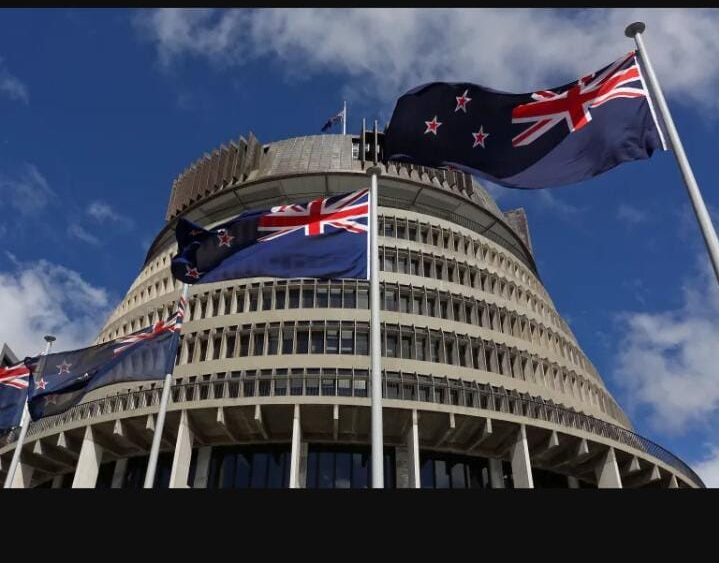
In the wake of violent clashes during recent protests, Kenyan activists are reevaluating their approach to advocating for change. The descent into violence not only undermines the causes being championed but also poses risks to the safety of participants and the public. This article explores how activists in Kenya and around the world can learn from past movements and adopt more effective, peaceful strategies.
1. Nonviolent Resistance: Lessons from Global Movements
Nonviolent resistance has been a powerful tool for social change throughout history. Movements led by figures like Mahatma Gandhi, Martin Luther King Jr., and Nelson Mandela demonstrate the effectiveness of peaceful protest. These leaders emphasized the importance of maintaining nonviolence even in the face of aggression.
Read more about lessons from global nonviolent movements here.
2. The Role of Social Media in Modern Activism
Social media has transformed the landscape of activism, providing platforms for organizing, raising awareness, and mobilizing support. Kenyan activists can leverage social media to coordinate actions, share real-time updates, and connect with a global audience. However, it’s crucial to manage the narrative to prevent misinformation and inflammatory content.
Explore the role of social media in modern activism here.
3. Effective Strategies for Peaceful Protests
To ensure protests remain peaceful and effective, activists must adopt well-planned strategies. This includes clear communication, nonviolent training for participants, and establishing protocols for de-escalation. Learning from successful peaceful protests around the world can provide valuable insights for Kenyan activists.
Discover effective strategies for peaceful protests here.
4. Challenges Faced by Activists in Authoritarian Regimes
Activists operating in authoritarian regimes often face significant challenges, including repression, censorship, and violence. Understanding these challenges and developing resilient strategies is essential for sustaining movements. International solidarity and support can also play a critical role in overcoming these obstacles.
Learn more about challenges faced by activists in authoritarian regimes here.
5. Building Sustainable Activist Movements: Key Considerations
Sustainable activism requires long-term planning, coalition-building, and adaptability. Activists must focus on creating inclusive movements that can endure beyond immediate protests. This involves engaging diverse stakeholders, fostering leadership development, and ensuring the movement’s goals resonate broadly.
Check out key considerations for building sustainable activist movements here.
Conclusion
As Kenyan activists reassess their strategies following violent protests, there are valuable lessons to be drawn from global movements and best practices. Emphasizing nonviolence, leveraging social media responsibly, and adopting effective protest strategies can help ensure that activism remains impactful and safe. By understanding the challenges and focusing on sustainability, activists can build stronger, more resilient movements that drive lasting change.
For a deeper dive into the topics discussed, feel free to click on the provided links and expand your understanding of how activists worldwide are navigating the complexities of modern activism.
Related Articles
Nonviolent Resistance: Lessons from Global Movements
The Role of Social Media in Modern Activism
Effective Strategies for Peaceful Protests
Challenges Faced by Activists in Authoritarian Regimes
Building Sustainable Activist Movements: Key Considerations
Subscribe to Follow Global Trends for daily global news.
Make Money Online Working Remotely
To Advertise, send a mail to advertise@followglobaltrends.com
Find Out How To Make Money As A Full Time Writer/Blogger
Written By Joe Brens


